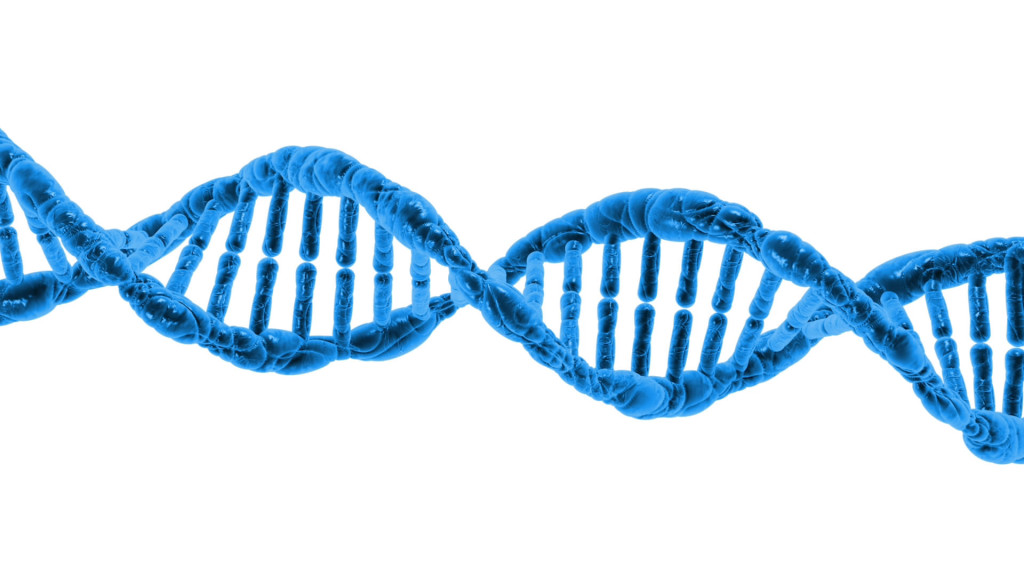While I think we naturally conclude the explosion of information in the medical research world is a good thing, there are of course challenges. The problem is compounded when you consider the information both inside and outside an organization.
It’s always exciting to see advances involving things like big data and semantic web applied to medical research. Supplementing or enhancing the human researcher, not replacing them, simply described as “computer-assisted serendipity” in this interesting article describing work at Oak Ridge National Laboratory focused on literature-based discovery, is worth a look.
A side effect of this information explosion, however, is the fragmentation of knowledge. With thousands of new articles being published by medical journals every day, developments that could inform and add context to medicine’s global body of knowledge often go unnoticed.
Uncovering these overlooked gaps is the primary objective of literature-based discovery, a practice that seeks to connect existing knowledge. The advent of online databases and advanced search techniques has aided this pursuit, but existing methods still lean heavily on researchers’ intuition and chance discovery. Better tools could help uncover previously unrecognized relationships, such as the link between a gene and a disease, a drug and a side effect, or an individual’s environment and risk of developing cancer.
(Source)
